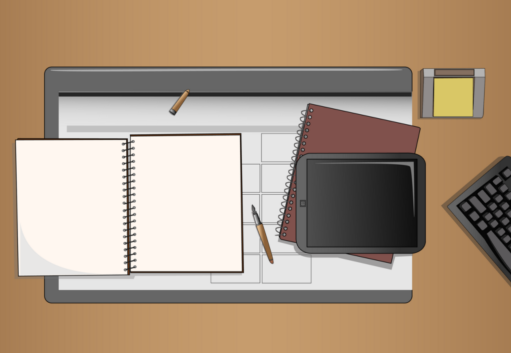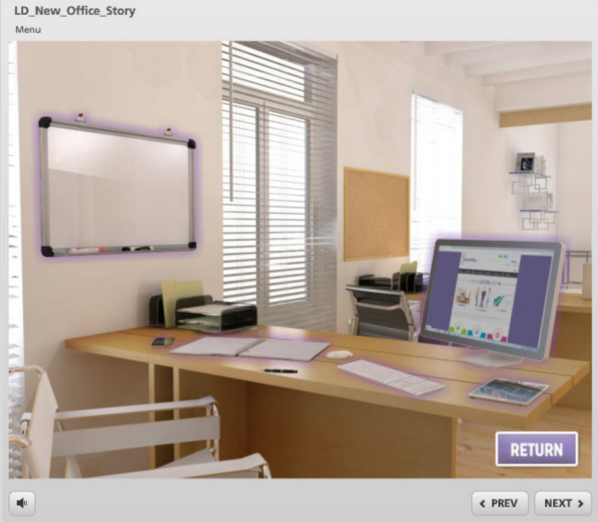What is Skeuomorphic eLearning Design?
For those who are new to this concept, skeuomorphic designs are those that mimic real world people, places, and things. From 2D illustrations to 3D models, skeuomorphic designs give artists the ability to manipulate visuals in a way that may be difficult to do in real life. Following are a few examples of skeuomorphic designs I’ve produced. To see more examples, check out the Articulate Heroes skeuomorphic eLearning design challenge from which this post was inspired.
3D Interactive Skeuomorphic Design Example
This interactive Storyline example includes tons of clickable objects (note pads, computer monitors, white boards, flip charts, tablets, and more) that were all created using Autodesk Maya. Using CGI for eLearning such as this, allows you to create a realistic environment that users can “walk through”. This particular piece was designed for new employee onboarding. The notepad was used to show a checklist of first day activities; the monitor was used for corporate intranet exploration; one of the offices was used to interview an HR representative, and so on. Click the image below to launch the demo.
2D Skeuomorphic Illustrated Examples
The featured image at the top of this post and the examples below are are 2D illustrated graphics created in Illustrator. What I like about this type of eLearning design approach is that, unlike stock photos that are limited in how you can modify them, digital imagery allows you to quickly add and remove props and make other modifications. Also, these images really look great (in my opinion) and add an interesting and creative dimension to eLearning courses.
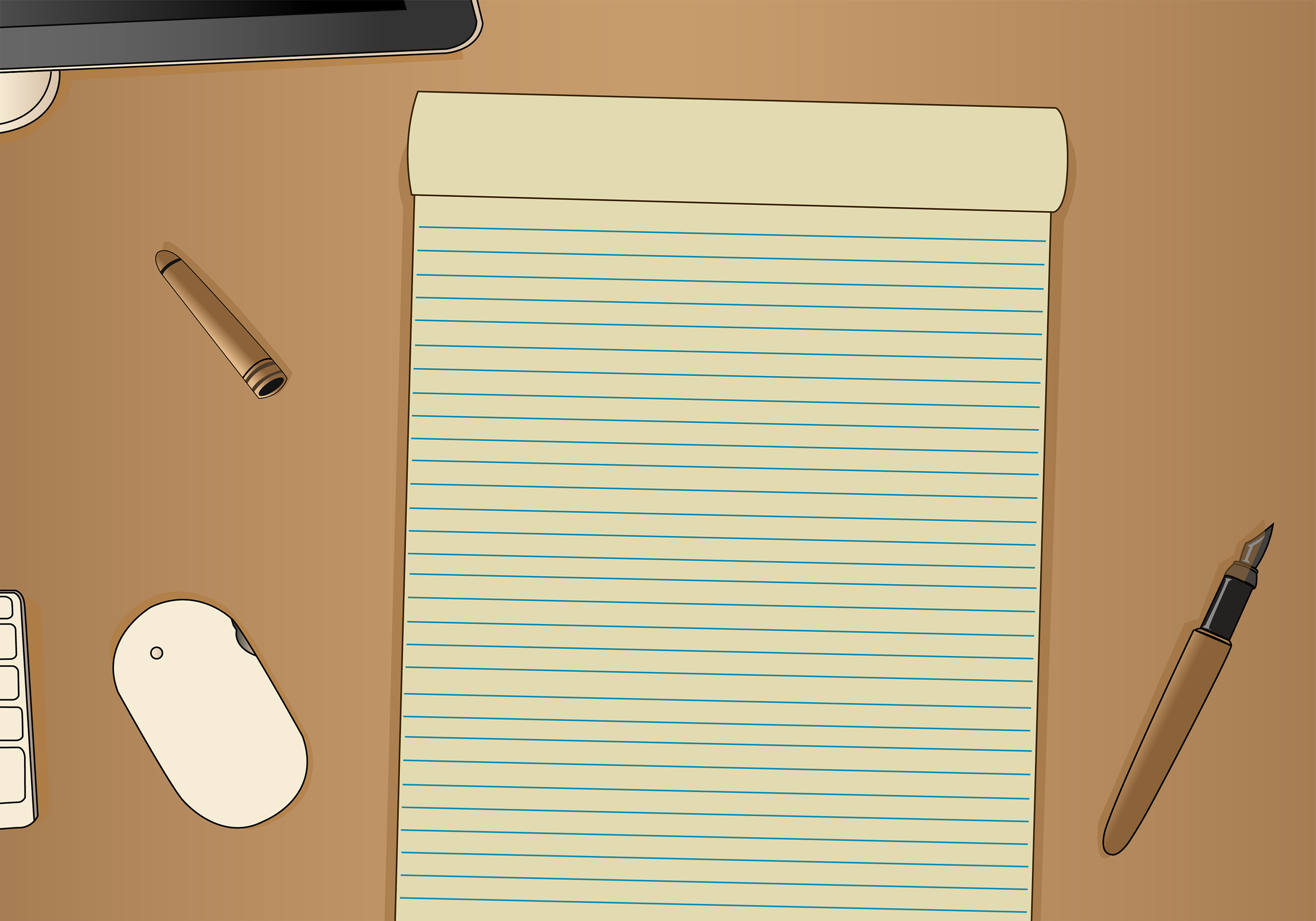

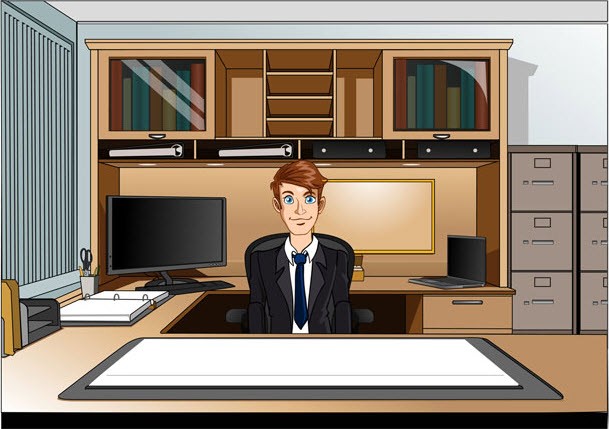

3D “Disney Style” eLearning Character
This character was created and modeled in Autodesk Maya. Using skeuomorphic design principles and techniques, you can take a character like this and change her wardrobe, drop her in to another 3D environment such as a restaurant kitchen, bank lobby, office cubicle, or any other place you can conceive.
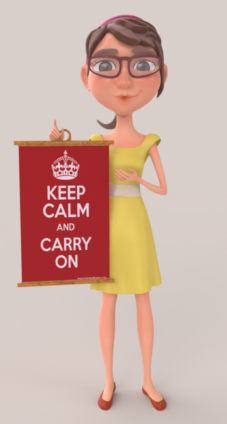
3D eLearning Environments That Look Real
Using advanced 3D lighting and reflection techniques you can make environments that at first glance appear to be real. Every item in these screenshots could be easily isolated and made interactive in some way. Notice how the lights reflect off of the floor in the Key Bank example. Also notice the photo out of the window in the hospital room, and the light cast from the lamp above the bed. Skeuomorphic eLearning Design is about using graphic art to reproduce objects that look like (mimic) real objects. Using techniques to achieve photo realism in 3D imagery is an emerging eLearning trend that, coupled with virtual reality and augmented reality technologies, promises to revolutionize the way we learn.
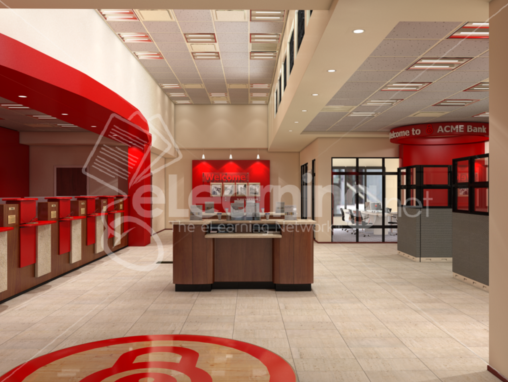
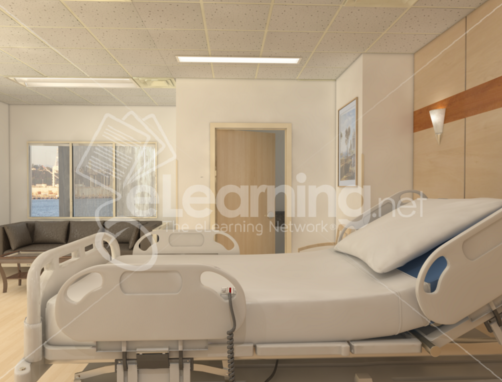
2D Illustration Created from a 3D Model
The illustration below looks like it was illustrated by hand, however, it was first created as a 3D model and then morphed into a 2D style illustration graphic. Using modern design tools you can create one version and use it as inspiration for another!


